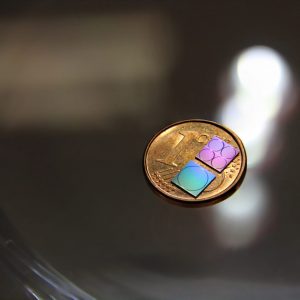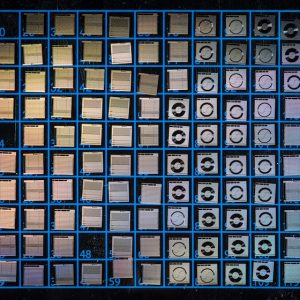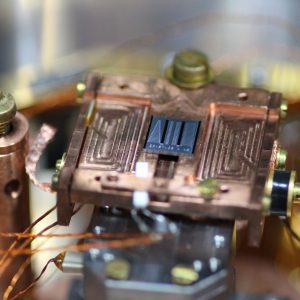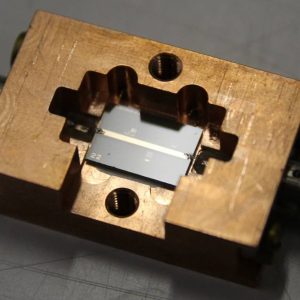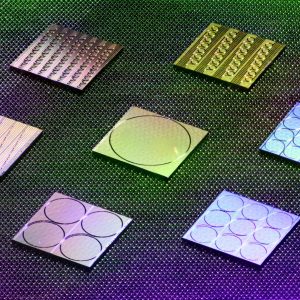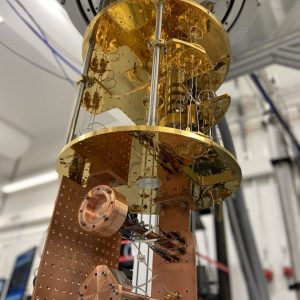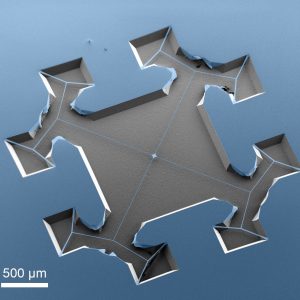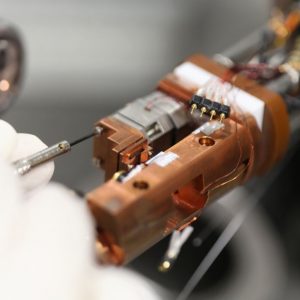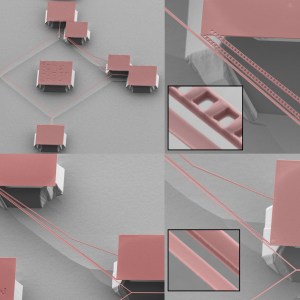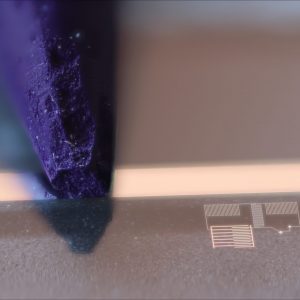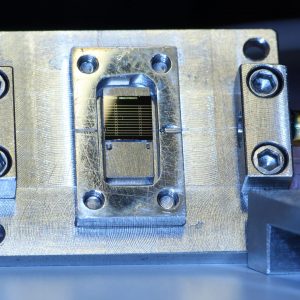Laboratory of Photonic Integrated Circuits and Quantum Measurements
In our laboratory, we measure, simulate, design and fabricate such hybrid nanoscale quantum devices that are composed of superconducting resonators, nano- and micro-mechanical resonators, or integrated nonlinear photonic chips.
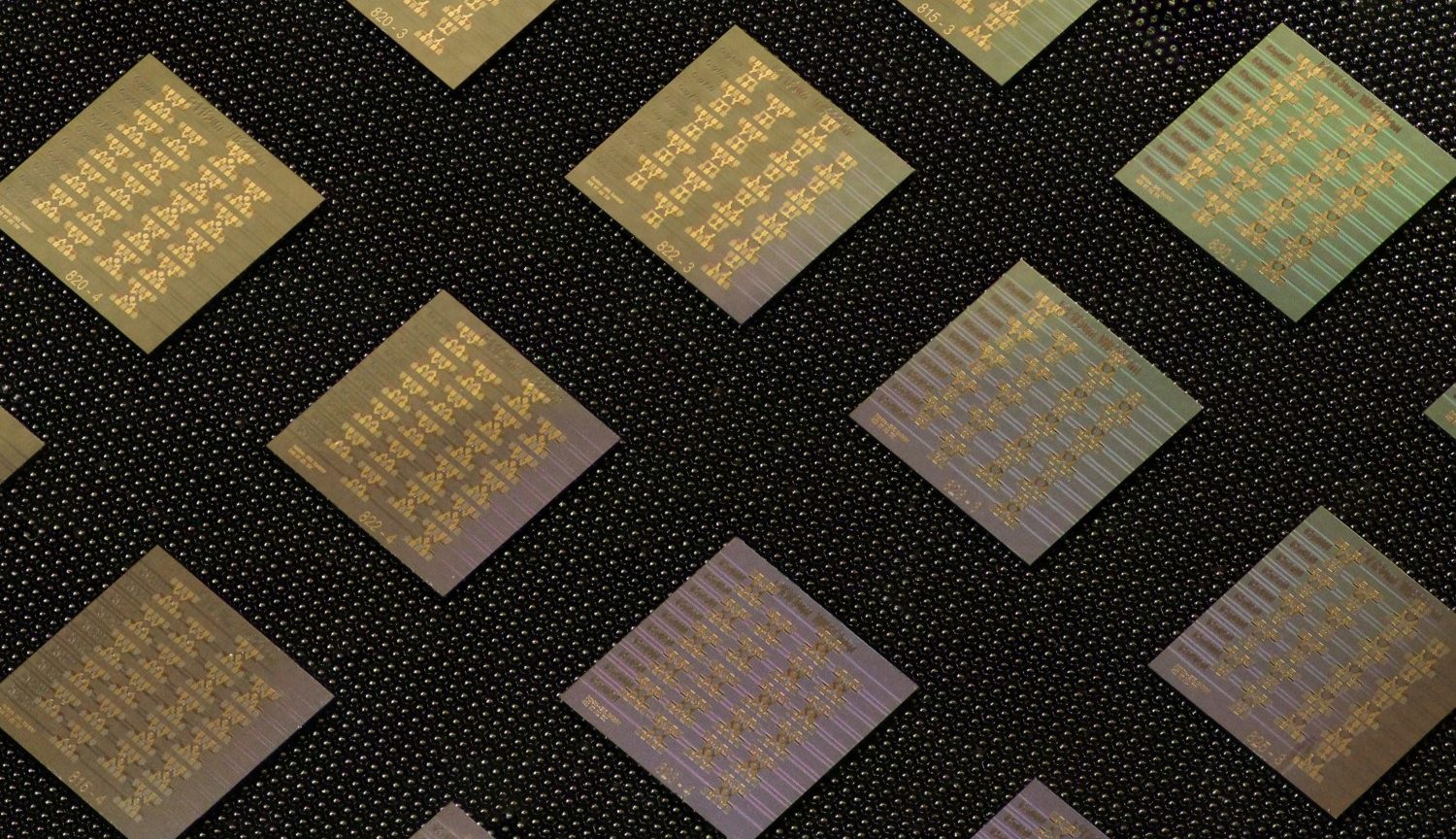
We do fancy Physics
Research
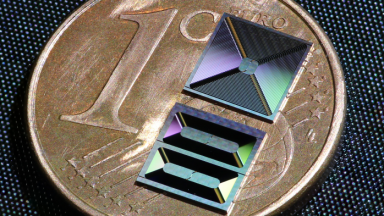
Nonlinear photonic integrated circuit based frequency combs
The development of optical frequency combs, and notably self-referencing, has revolutionized precision measurements over the past decade, and enabled counting of the cycles of light. Frequency combs, for which Hall and Haensch shared the Physics Nobel Prize in 2005 has enabled dramatic advances in timekeeping, metrology and spectroscopy. In 2007, research on microresonators resulted in the discovery of a novel method to generate optical frequency combs using parametric frequency conversion in optical microresonators.
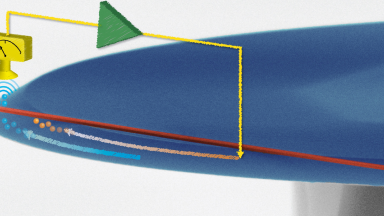
Quantum opto- and electro-mechanics
Although mechanical oscillator are ubiquitous in our modern information technology, and used in time-keeping, MEMS accelerometers or in radio frequency filters in cell-phones, yet their quantum control had remained an outstanding challenge. The ability to achieve such quantum control has been a longstanding challenge. Over the past decade, this has become a reality: Following quantum control of individual isolated quantum systems, the latter has now been extended to macroscopic, engineered mechanical oscillators, owing to the advances in the field of cavity optomechanics.
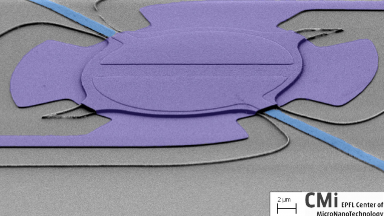
Superconducting Circuit Quantum Optomechanics
The theme of this project is the investigation of optomechanics – light coupled to mechanical motion at the microscale – using superconducting circuits in the microwave domain. The idea is to create an inductor-capacitor circuit made out of a thin film superconductor where the capacitor is mechanically compliant, i.e. one of its electrodes is a suspended membrane. As this membrane vibrates, it modulates the capacitance and, in turn, the resonance frequency of the microwave cavity
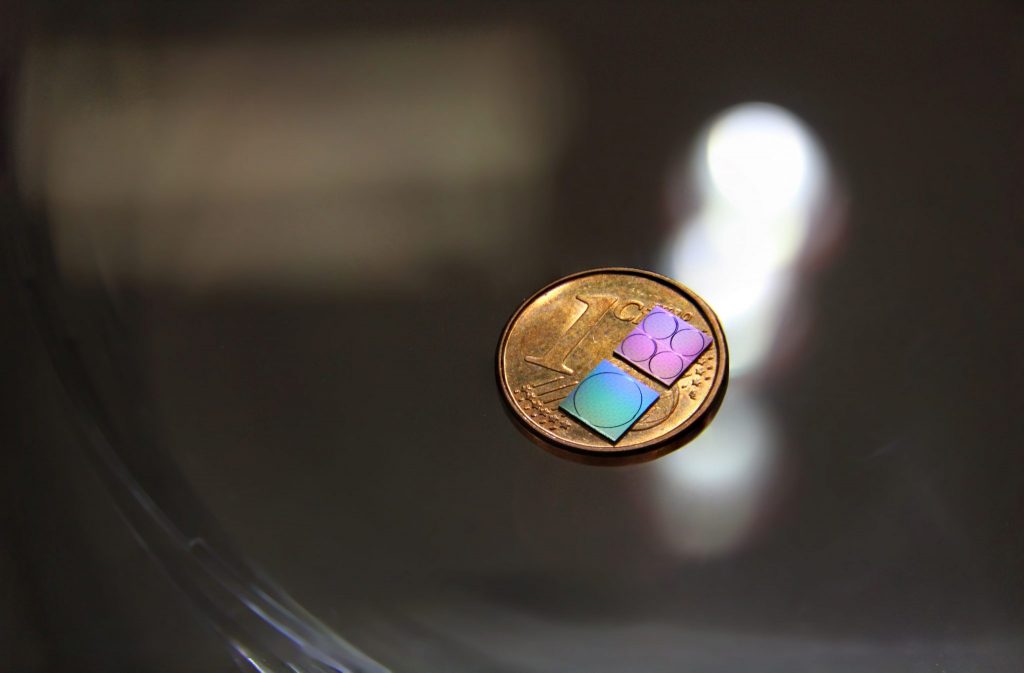
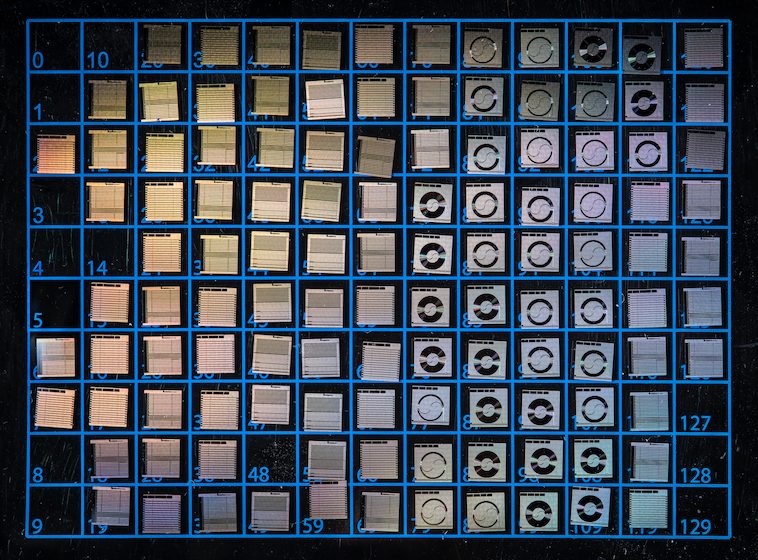
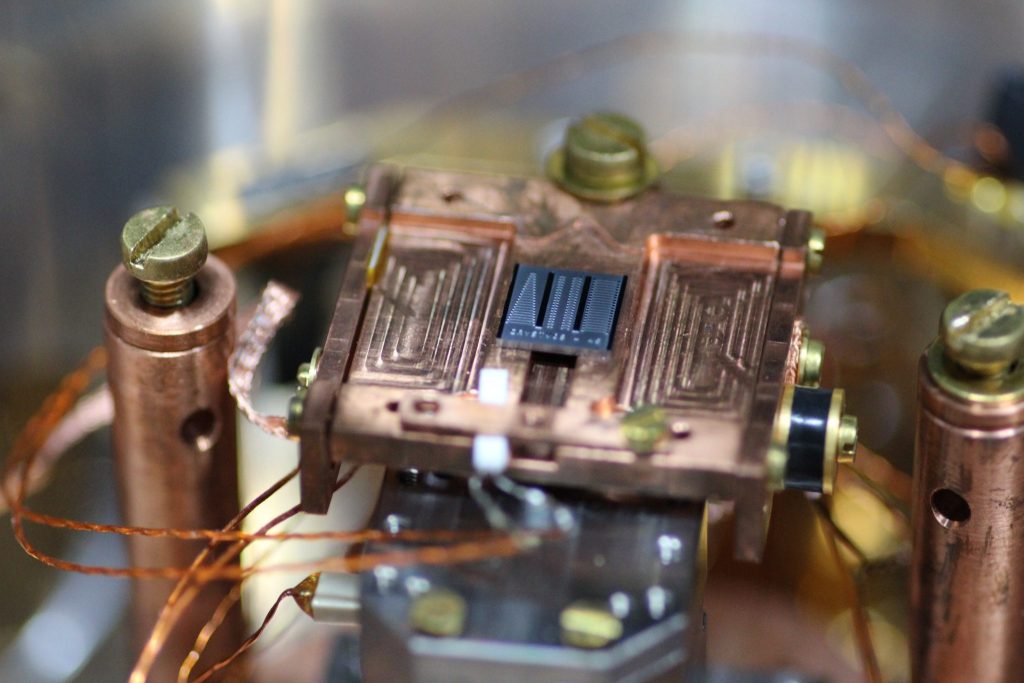
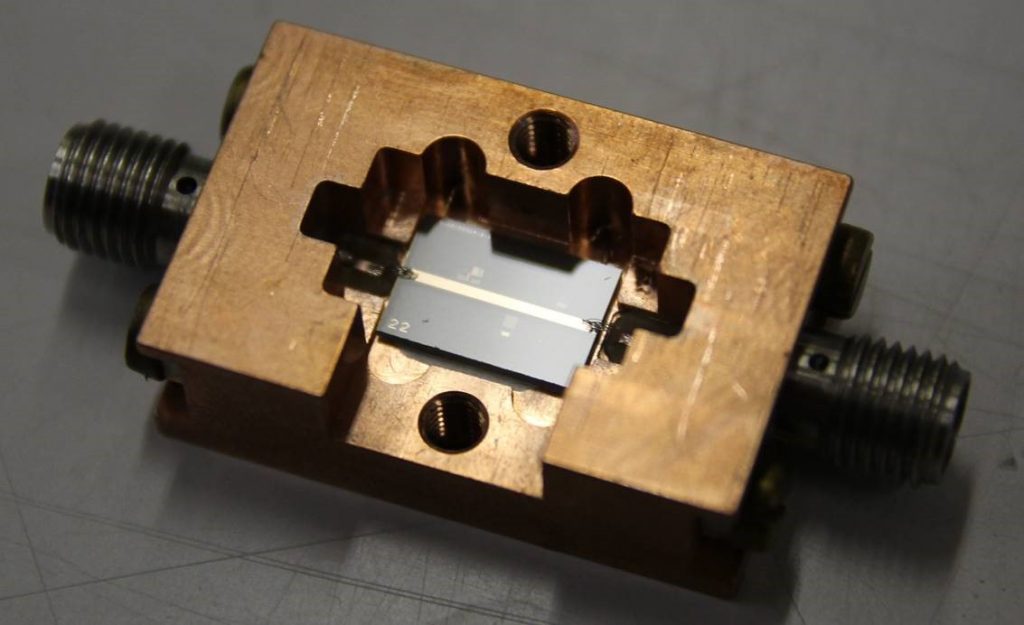
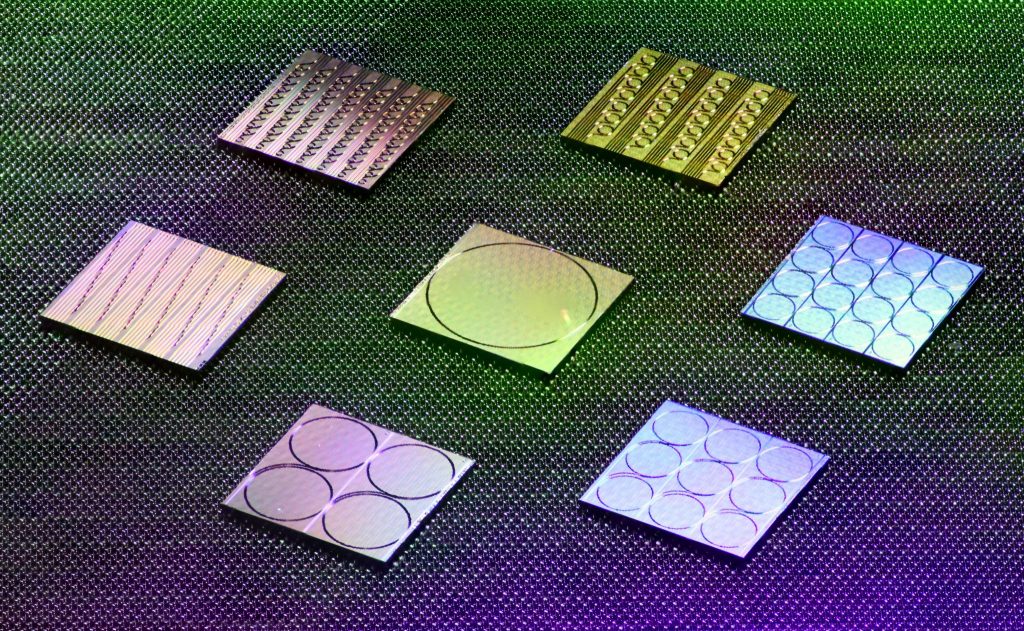
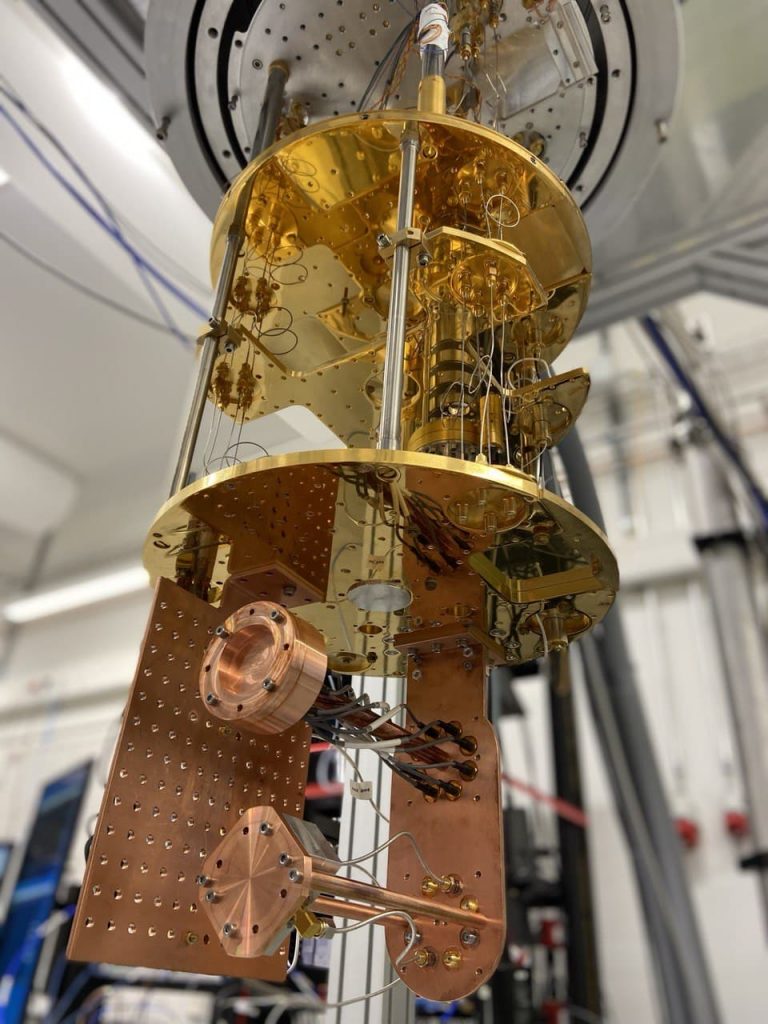
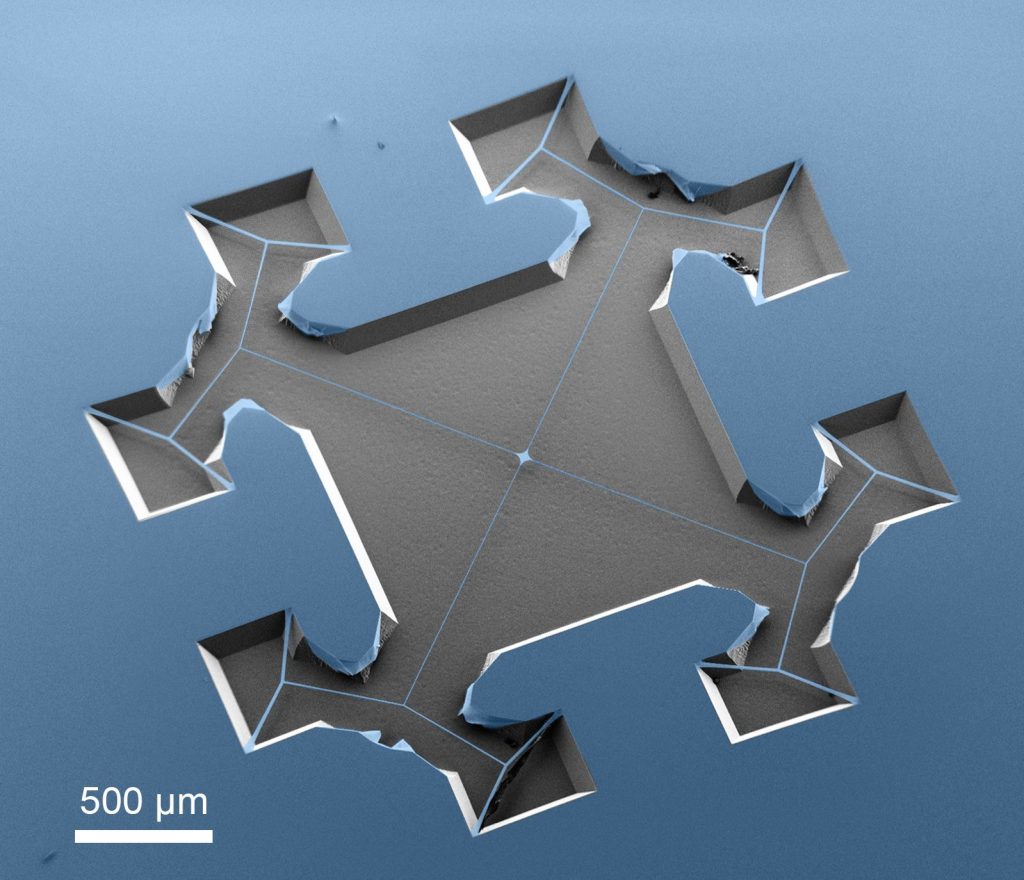
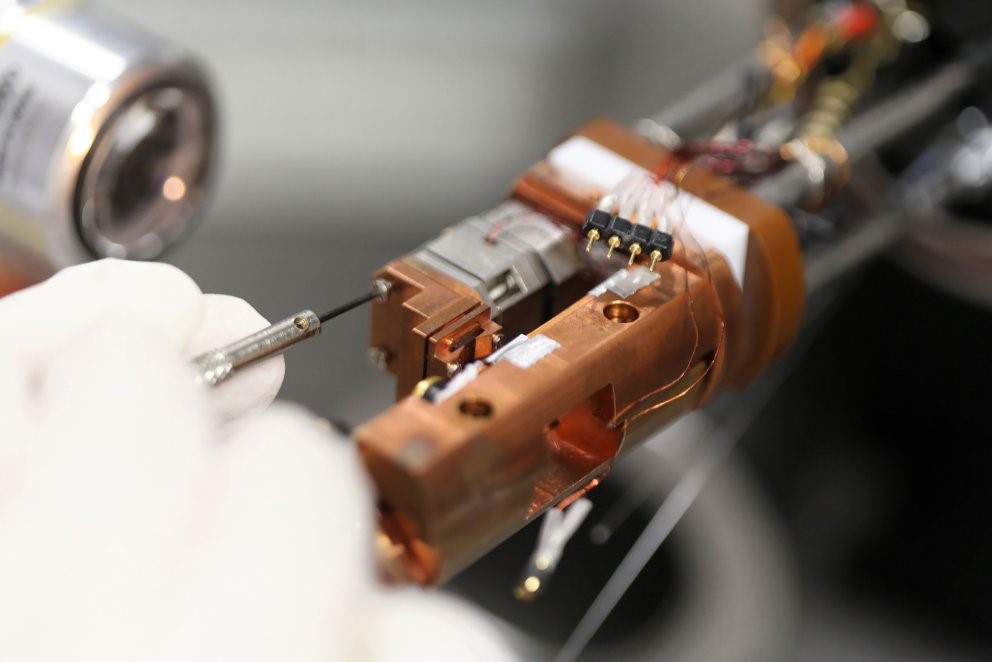
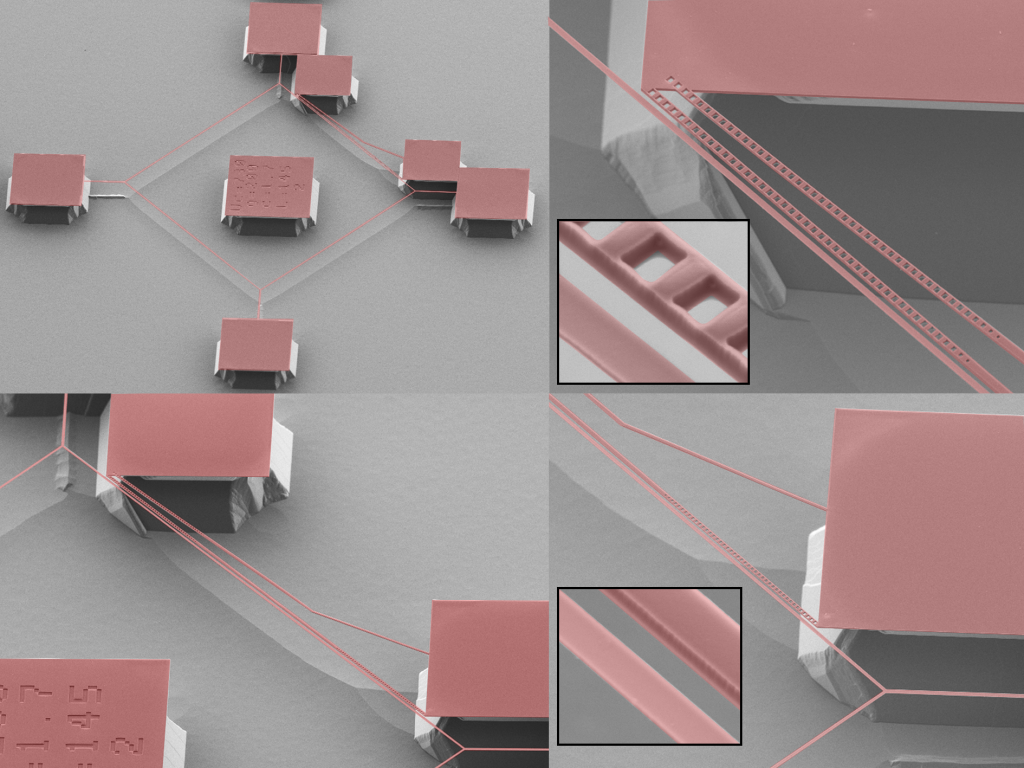
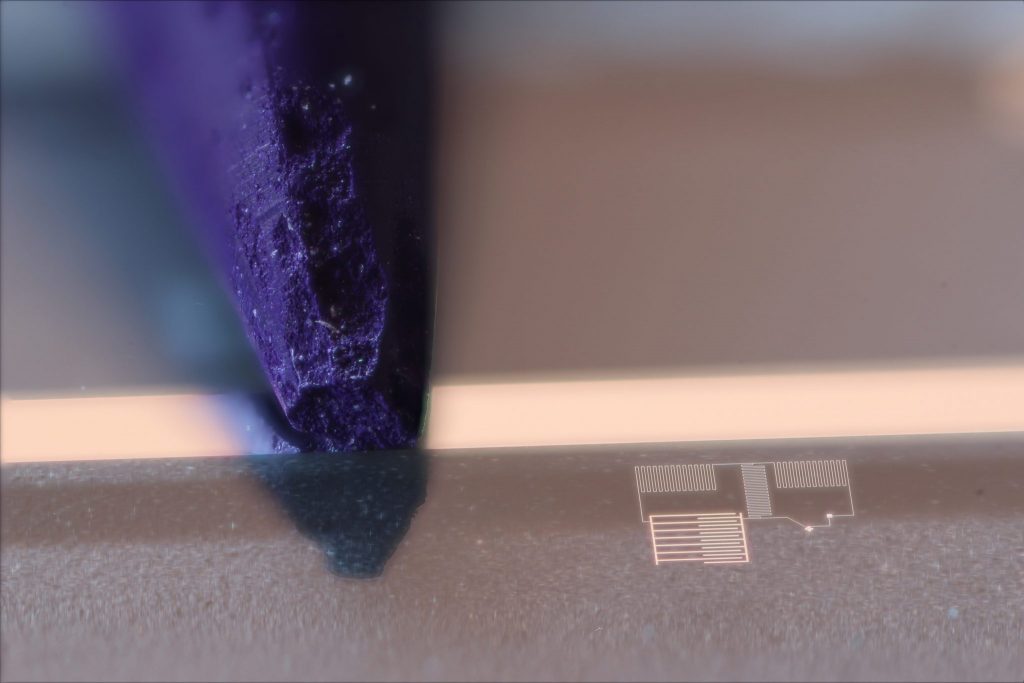
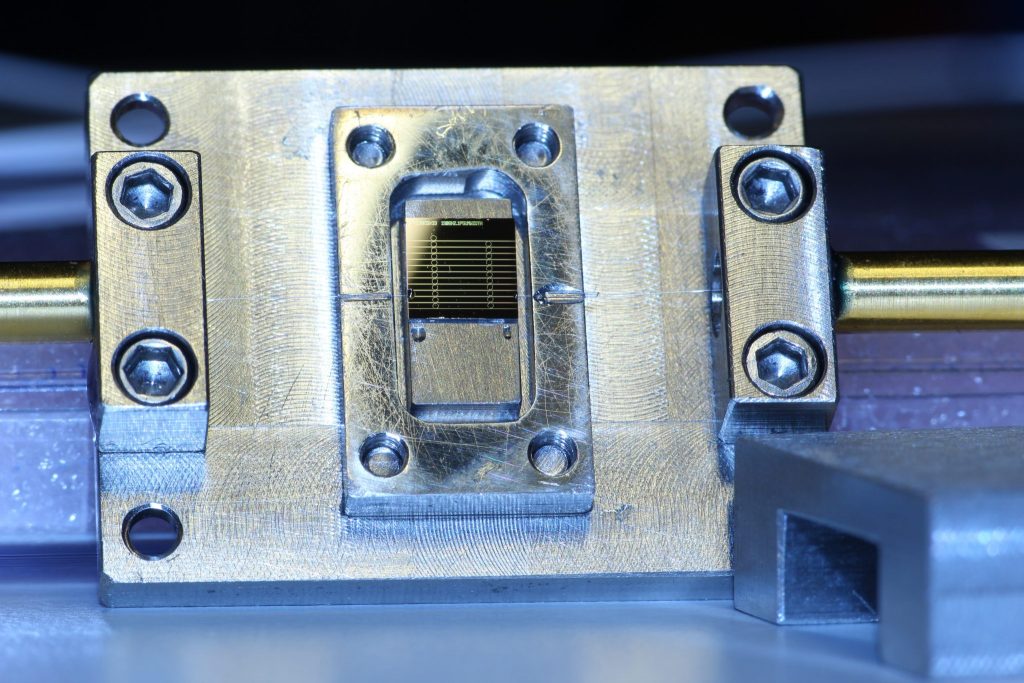
News
Key Publications
Quantum opto- and electro-mechanics
- Elastic strain engineering for ultralow mechanical dissipation (Science 2018)
- A dissipative quantum reservoir for microwave light using a mechanical oscillator (Nature Physics 2017)
- Quantum Correlations of Light from a Room-Temperature Mechanical Oscillator (PRX 2017)
- Appearance and Disappearance of Quantum Correlations in Measurement-Based Feedback Control of a Mechanical Oscillator (PRX 2017)
- Measurement and control of a mechanical oscillator at its thermal decoherence rate (Nature 2015)
- Cavity optomechanics (Reviews of Modern Physics 2014)
- Quantum-coherent coupling of a mechanical oscillator to an optical cavity mode (Nature 2012)
- Optomechanically induced transparency (Science 2010)
- Cavity Optomechanics: Back-Action at the Mesoscale (Science 2008)
Nonlinear photonic integrated circuit based frequency combs
- Laser soliton microcombs heterogeneously integrated on silicon (Science 2021)
- Parallel convolutional processing using an integrated photonic tensor core (Nature 2021)
- Monolithic piezoelectric control of soliton microcombs (Nature 2020)
- Massively parallel coherent laser ranging using a soliton microcomb (Nature 2020)
- Dissipative Kerr solitons in optical microresonators (Science 2018)
- Microresonator-based solitons for massively parallel coherent optical communications (Nature 2017)
- Photonic chip-based optical frequency comb using soliton Cherenkov radiation (Science 2015)
- Temporal solitons in optical microresonators (Nature Photonics 2014)
- Microresonator-Based Optical Frequency Combs (Science 2011)
- Optical frequency comb generation from a monolithic microresonator Nature (2007)
Meet us NEXT
Contact
Tobias J. Kippenberg
Full Professor, Laboratory of Photonic Integrated Circuits and Quantum Measurements (STI/SB)
Mail: [email protected]
Phone: +41 21 693 44 28
Address: EPFL SB IPHYS LPQM1
PH D3 355 (Bâtiment PH)
CH-1015 Lausanne
